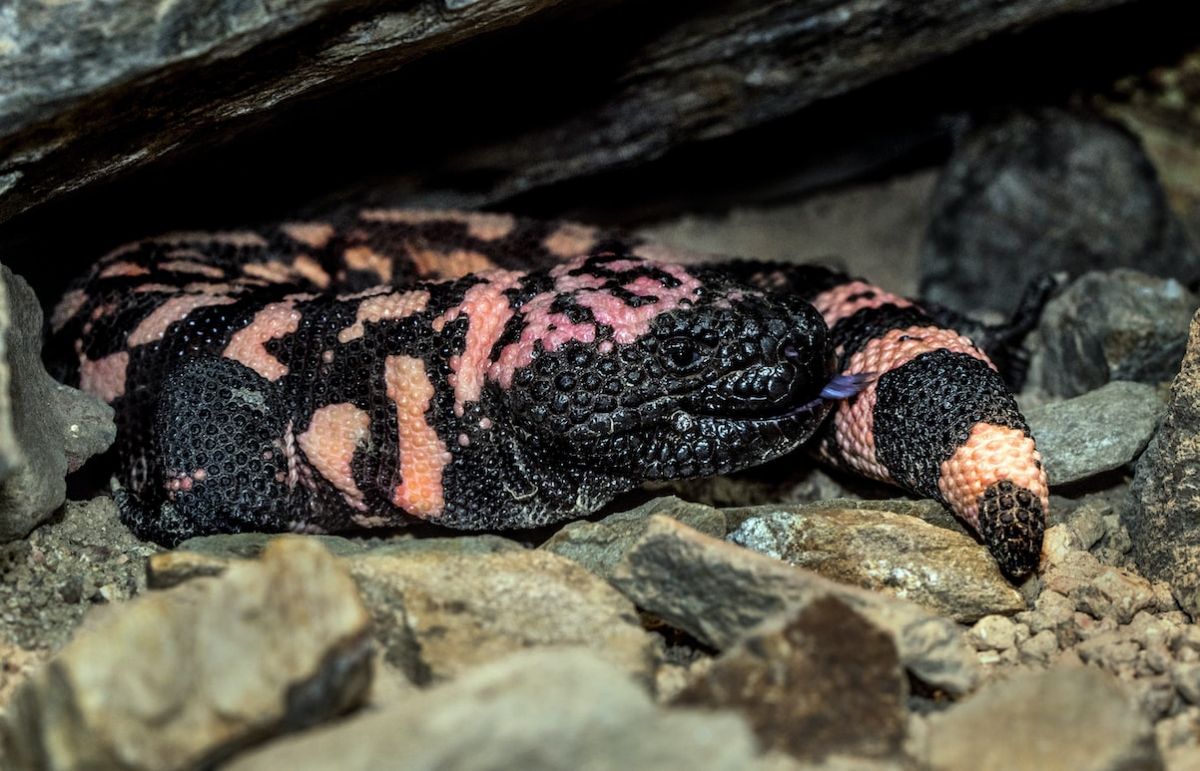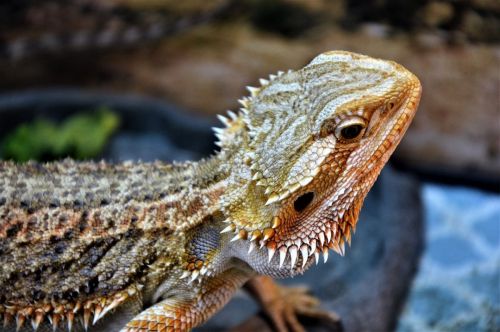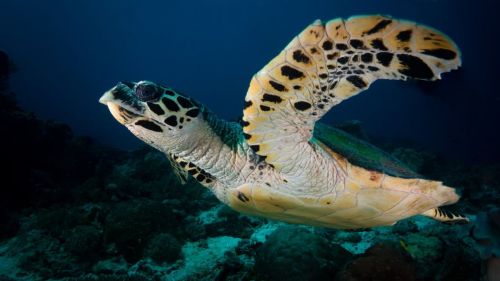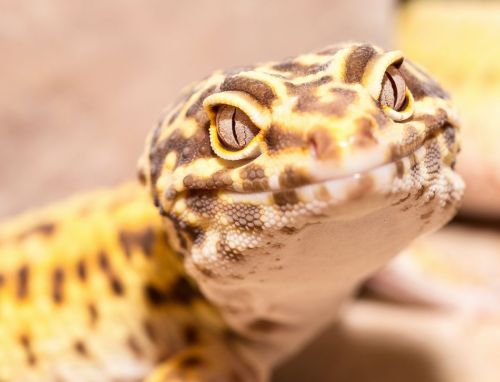19 facts about central bearded dragon
This interesting lizard occurs only on the Australian continent. Although its appearance may be discouraging, in fact, it is a completely harmless ani ...
The Gila monster is one of the few venomous lizards in the world, the only extant venomous species in the United States. It is easily distinguished by its yellow, orange, or pink pattern on black skin. Most commonly found in the Sonoran, the Mojave, and the Chihuahuan deserts, their numbers decline yearly.












